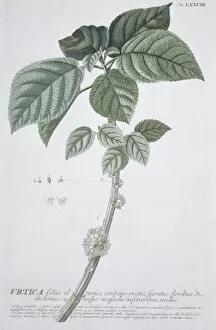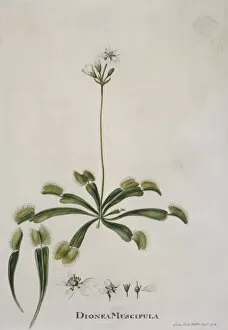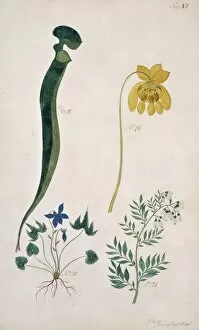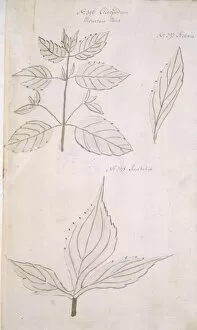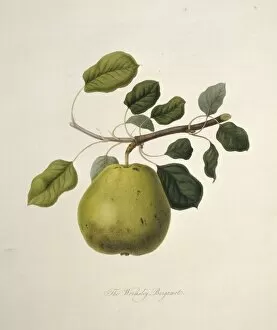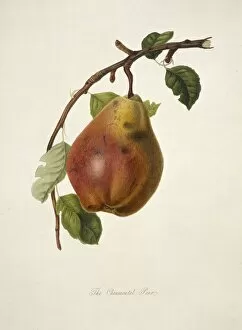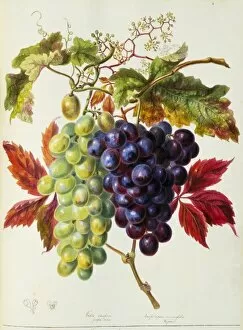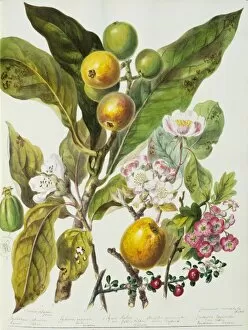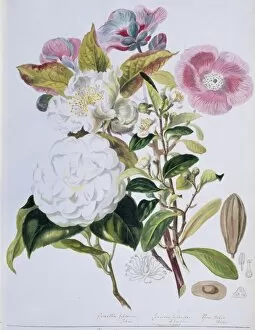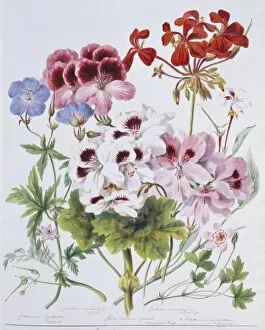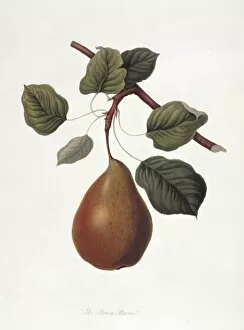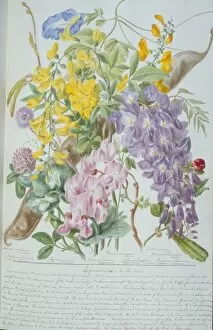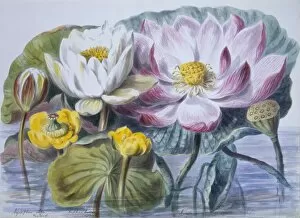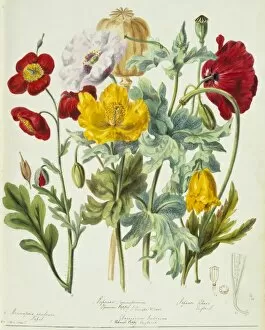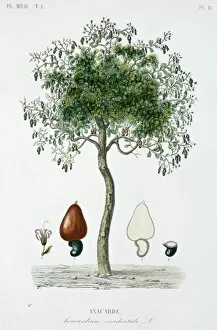Dicotyledon Collection (#68)
"Dicotyledon: A Journey Through Nature's Bountiful Diversity" Franklinia alatamaha, also known as the Franklinia, is a rare flowering tree native to Georgia, USA
For sale as Licensed Images
Choose your image, Select your licence and Download the media
"Dicotyledon: A Journey Through Nature's Bountiful Diversity" Franklinia alatamaha, also known as the Franklinia, is a rare flowering tree native to Georgia, USA. Its delicate white blossoms bring beauty to any landscape. Hydrangea hortensis, commonly referred to as French hydrangea, showcases vibrant clusters of flowers in various shades of pink and blue. These stunning blooms are a favorite among garden enthusiasts. The Weeping Willow stands tall with its graceful branches cascading downwards like flowing water. This majestic tree adds an enchanting touch to any scenery it graces. Surinam boasts a diverse array of insects that captivate with their intricate patterns and colors. From butterflies to beetles, these tiny creatures play an essential role in maintaining ecological balance. Gossypium barbadense, better known as the cotton plant, has been cultivated for centuries due to its soft fibers used in textile production worldwide. Scottish Pine Forests offer breathtaking vistas filled with towering pine trees that provide shelter for numerous wildlife species while adding tranquility to the surroundings. Heathland landscapes showcase vast expanses covered in heather plants and wildflowers that create a picturesque scene full of vibrant hues during blooming seasons. Ancient Beech trees (Fagus sylvatica) found at Lineover Wood in Gloucestershire UK stand as silent witnesses of time's passage; their gnarled trunks tell stories from centuries past. Durio zibethinus introduces us to the unique durian fruit—a tropical delicacy famous for its distinctive smell and creamy texture—known as "the king of fruits" across Southeast Asia. Myristica sp. , or nutmeg tree, produces aromatic seeds highly valued both for culinary purposes and traditional medicine practices around the world.


